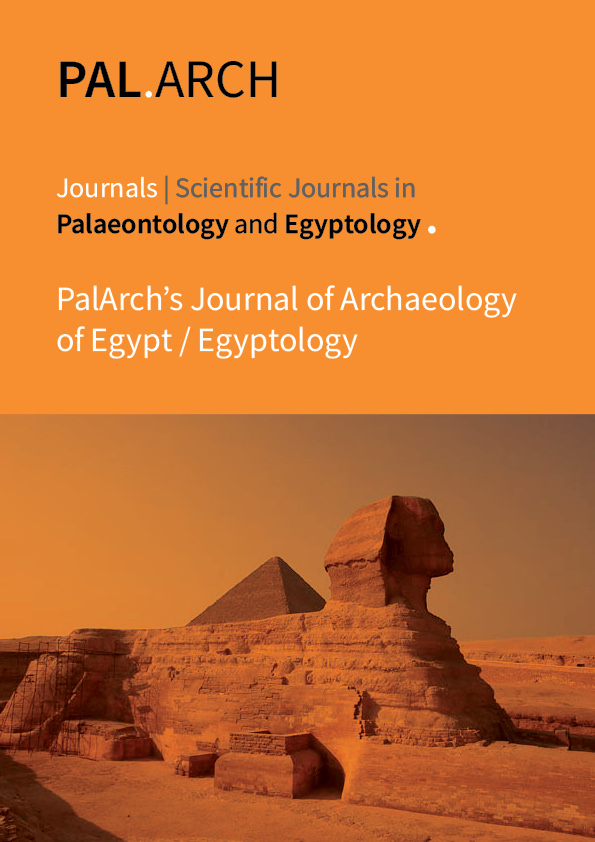IMPACT OF FREE TRADE AGREEMENT FOR TRADE CREATION AND DIVERSION: A CASE STUDY OF PAKISTAN
Keywords:
Free Trade Agreement, Trade Creation, Trade Diversion.Abstract
This article explores patterns of trade creation and diversion impact by Pakistan's trade agreements at the six-digit level on the top 20 tradedproducts. With free trade agreement (FTA) partners, we compare the net change in trade creation and diversion. Pakistan's FTA partners generate US$2.35 billion in exports, according to our figures. Both FTAs benefit net exports in this situation.However, when net exports to FTA partners rise, there is a US$138 million export diversion in the top 20 items with all FTA countries. Similarly, the FTA has increased exports between these trade partners by US$ 580 million.Pakistan has succeeded in producing exports in half of its export-oriented industries on average; nevertheless, heavily subsidised industries display either export diversion or a net reduction with FTA partners. Once the FTAs were implemented, exports and import to China increased significantly, whereas exports to the other two FTA partners did not increase much. Based on these data, we urge that the export subsidy structure be changed.Fiscal incentives granted to large export-oriented firms in their entirety resulted in no significant economic gains for the country.Rather, the government should allocate export incentives and subsidies torecognised export-generating businesses, such as the surgical instruments sector, which is categorised as a cottage industry and seems to be the sole subsidised industry that exports and is seeing net export growth. Prioritize the expansion of this sector by giving additional incentives to area enterprises to build vertical and horizontal links.



